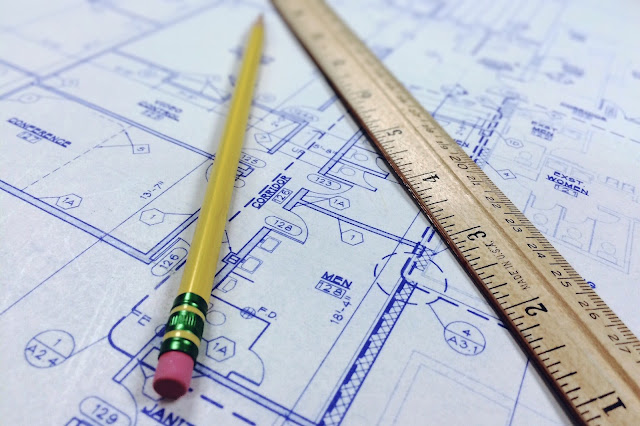Today, Kazuyuki Inoue, the President of Shimizu Corp.,
unveiled their latest achievement: a revolutionary AI-powered software tailored
for designing energy-efficient buildings. Currently, it would typically take a
major developer about a month to craft a sustainable building plan. However,
this pioneering software has slashed the timeline to just one day,
significantly enhancing precision throughout the process.
The demand for environmentally conscious construction
has been surging globally, with customers increasingly expecting energy-saving
features in their structures. To meet this demand and enhance their
competitiveness, Shimizu is harnessing the power of AI to streamline their
design process.
A standout feature of the software is its iterative
approach. It continually refines the design based on client feedback,
generating multiple proposals that cater to different priorities, such as
maintenance, comfort, or energy conservation. The final proposal that emerges
is a result of this collaborative process.
Traditionally, a building's energy efficiency
calculations were done once all specifications were locked in. If changes were
made, calculations had to start anew, sometimes taking over a month for large
projects. The new software transforms this process by integrating efficiency
considerations into the design phase, ensuring adaptability and swiftness.
As innovation continues to shape our future, Shimizu
Corporation stands as a beacon of progress and transformation. From its humble
beginnings to its current leadership, the company's commitment to excellence has
remained unwavering. The unveiling of their groundbreaking AI-powered software
for designing energy-efficient buildings marks a pivotal moment in
architectural history. By compressing what once took a month into just one day,
Shimizu has propelled us into an era of swift, precise, and sustainable design.
When demand for eco-conscious construction rises worldwide, can energy-efficient
architecture become the new standard, fostering a harmonious coexistence
between human progress and nature's vitality? Shimizu's fusion of technology
and creativity might emerge as the shining solution.
AI Education For Children's Research Projects: Empowerment And Support
Softbank Launches Cutting-Edge AI For Corporate Clients
Unveiling the Future: AI Digital Clones Redefine Human Connections and Toy Possibilities
Exploring Society 5.0: Toyota Motor Corp Drives the Future of AI and Smart Cities





Comments
Post a Comment